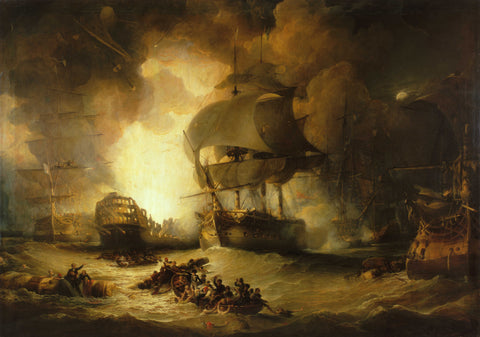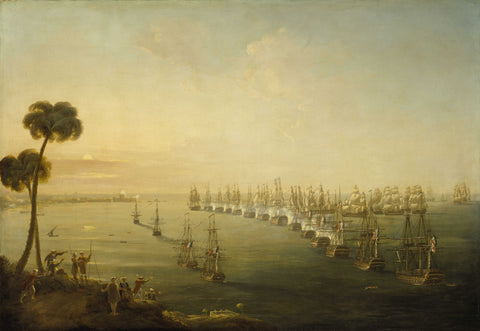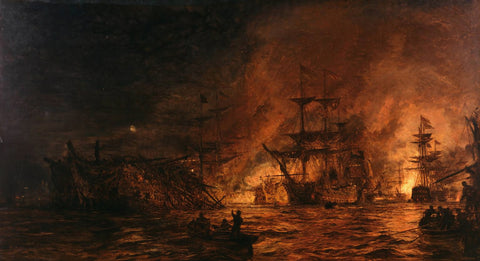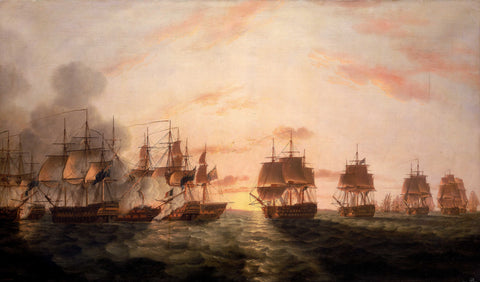- Australia ▾
- Topographic
▾
- Australia AUSTopo 250k (2024)
- Australia 50k Geoscience maps
- Australia 100k Geoscience maps
- Australia 250k Geoscience maps
- Australia 1.1m Geoscience maps
- New Zealand 50k maps
- New Zealand 250k maps
- New South Wales 25k maps
- New South Wales 50k maps
- New South Wales 100k maps
- Queensland 10k maps
- Queensland 25k maps
- Queensland 50k maps
- Queensland 100k maps
- Compasses
- Software
- GPS Systems
- Orienteering
- International ▾
- Wall Maps
▾
- World
- Australia & New Zealand
- Countries, Continents & Regions
- Historical
- Vintage National Geographic
- Australian Capital Territory
- New South Wales
- Northern Territory
- Queensland
- South Australia
- Tasmania
- Victoria
- Western Australia
- Celestial
- Children's
- Mining & Resources
- Wine Maps
- Healthcare
- Postcode Maps
- Electoral Maps
- Nautical ▾
- Flags
▾
- Australian Flag Sets & Banners
- Flag Bunting
- Handwavers
- Australian National Flags
- Aboriginal Flags
- Torres Strait Islander Flags
- International Flags
- Flagpoles & Accessories
- Australian Capital Territory Flags
- New South Wales Flags
- Northern Territory Flags
- Queensland Flags
- South Australia Flags
- Tasmania Flags
- Victoria Flags
- Western Australia Flags
- Gifts ▾
- Globes ▾
Dear valued customer. Please note that our checkout is not supported by old browsers. Please use a recent browser to access all checkout capabilities
The Battle of Trafalgar by Joseph Mallord William Turner
$69.95
or make 4 interest-free payments of
$17.49 AUD
fortnightly with
![]() More info
More info
The Battle of Trafalgar, 21 October 1805
This is Turner's only work by 'royal command' and the largest and most publicly controversial painting of his career. George IV gave him the commission late in 1822 on the advice of Sir Thomas Lawrence, President of the Royal Academy. It was to form a naval pair with Philippe-Jacques de Loutherbourg's 1795 view of The Battle of the Glorious First of June 1794, in a patriotic post-war redecoration of the State Rooms at St James's Palace. Lawrence and George Jones – both Turner's friends – were also represented, the former by his portrait of King George III and the latter by paintings of Wellington's victories at Vittoria and Waterloo.
Turner did an unusual amount of practical research for this work, which is his most complex tribute to Nelson, of whom he was a great admirer. He already had sketches of 'Victory', made on her return to England with Nelson's body in December 1805 for his earlier 'The Battle of Trafalgar', painted in 1806-08. For this picture he borrowed a plan of the ship from the Admiralty and asked the marine artist J. C. Schetky, at Portsmouth, to make further sketches of her there. Also unusually, he did two preparatory oil studies (now in the Tate).
The finished work combines a number of incidents from different times in the action, within a more symbolic conception. Nelson's presence, mortally wounded, is only implied in the highlighted crowd around 'Victory's' mainmast. This powerful absence is prefigured by the smallness of Nelson's figure, and those around him, beneath similarly towering masts, in the 1806-08 picture. The small human scale is also a response to de Loutherbourg's painting, since both in different ways contrast a mass of vulnerable figures with the great floating fortresses in which they are contesting national dominance on a mutually hostile sea.
In 'The Harbours of England' (1856, p. 16) Ruskin grasped this elemental component when he likened the uncontrollability of the ship's sails, as Turner shows them, to 'as many thunderclouds', most of 'Victory's' falling with her foremast and at the same time as Nelson. Also symbolically, the falling mast bears his white vice-admiral's flag, while the code flags spelling 'd-u-t-y' – both the last word of his famous Trafalgar signal and the last coherent thought he spoke ('Thank God I have done my duty') – are coming down from the mainmast.
On the right is the French 'Redoutable', from which Nelson was shot, surrendered and sinking, although she in fact went down in the storm after the battle. British seamen in the foreground boats raise a cheer, unaware of the tragedy behind in 'Victory', herself shown on an exaggerated scale as a dominating symbol of British sea power. Other men try to save friends and foes alike from a darkly heaving sea, in which a tangle of floating rigging resembles a monster's head and a Union flag is spread out above, as if to cover the fallen. Below the surface loom fragments of Nelson's motto, 'Palmam qui meruit ferat'. This can translate as 'Let him who has earned it bear the Palm', or, in the circumstances, 'the price of glory is death'.
That the cost is equal for the common sailor as much as the admiral is thrust into the viewer's face by the dead seaman arching out backwards from the picture plane, in the centre, at what would have been original eye level in St James's Palace. In imposing recession beyond 'Victory' on the left are the Spanish four-decker 'Santissima Trinidad' and the 'Bucentaure', flagship of Admiral Villeneuve, overall commander of the enemy Combined Fleet. Further left, the French 'Achille', 74 guns, is on fire with the bow of the 'Neptune' just coming into the frame. Her sister the 'Fighting Temeraire' , as Turner called her in his famous picture of 1839 is on the far right, lost in smoke apart from her white ensign.
On delivery in 1824 the painting provoked court criticism for its non-chronological approach to Nelson's victory, and its powerful allusions to the blood price of Britain's triumph, at Trafalgar and more generally in becoming the world's dominant sea power. Ambassadors used to classically heroic treatments are said to have sneered at it and seamen, including Sir Thomas Hardy, 'Victory's' captain, have always criticized it on technical grounds. Turner himself later considered the picture spoilt by the eleven unpaid days that he spent at St James's adjusting it to the views of Admiralty men and he credited the King's naval brother, the Duke of Clarence (William IV from 1830), with the only sensible comments, despite a sharp exchange with him at the time. While George IV, when Prince of Wales, had acquired the cooler and more conventionally theatrical de Loutherbourg in Carlton House, Turner's fierily spectacular but ambivalent pendant proved an embarrassment at St James's. It was also probably mismatched there – at least to the King's polished taste – with the adjacent works by Jones and his favourite portraitist, Lawrence. In late 1829 he presented it, with the de Loutherbourg, as his final gifts to the Naval Gallery at Greenwich Hospital. It has been at Greenwich ever since, and remains to some extent a focus of recurring division between 'sea dogs' and art historians, admirers of Nelson and of Turner.
The print can be printed on heavyweight 160 gsm paper or laminated. The paper version is perfect for framing under glass, and the laminated version is exceptionally hard-wearing, as we use a true encapsulation of two pieces of 80-micron gloss laminate.
Alternatively, we can supply this print on 395 gsm HP Professional Matte Canvas using pigment-based inks, making it highly durable and fade-resistant. The exceptional clarity of the printing makes this a stunning addition to any room, and its high quality means that it will provide years of enjoyment.
The easiest way to hang your canvas print is with wooden hang rollers attached top and bottom. The top roller has a hanging cord, so all you have to do is put a hook on the wall. The hang rails come lacquered in a natural timber colour.
Note: Please allow ten working days for delivery of hang-railed prints, as our framer needs to attach them.
If you would like this print in a different size, please call or email us; we can help.
Painted: 1824
Size: 841 mm (w) x 595 mm (h)







